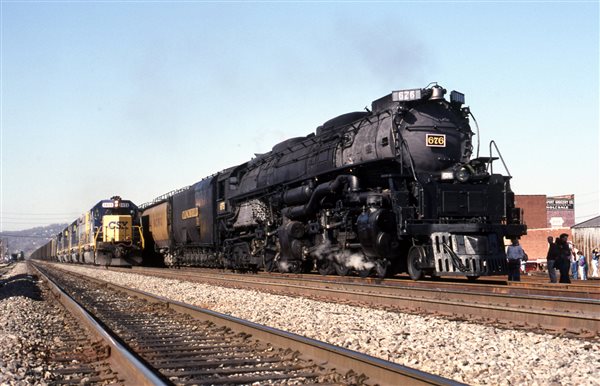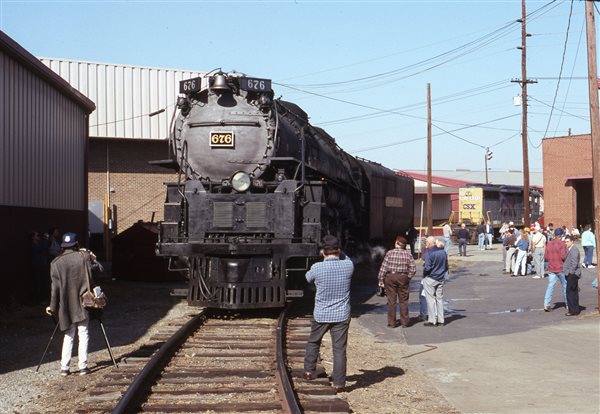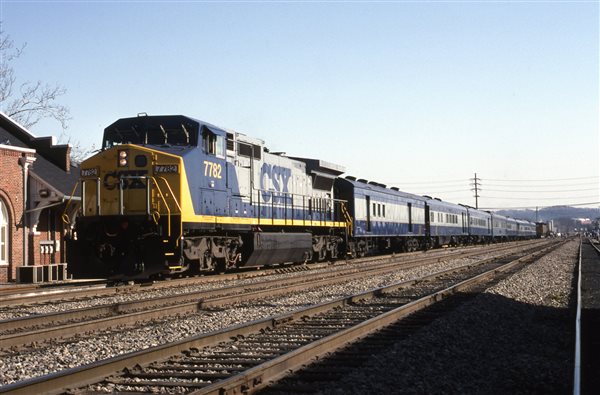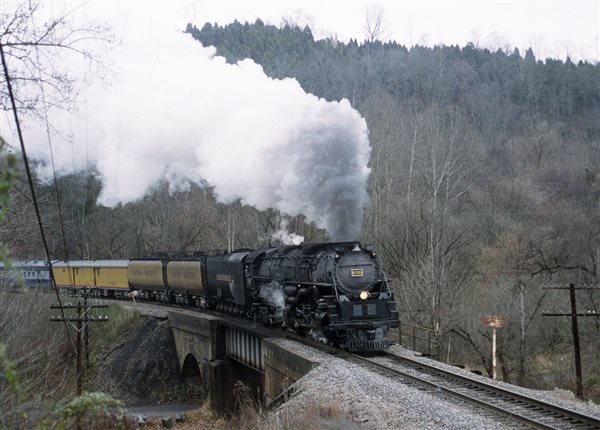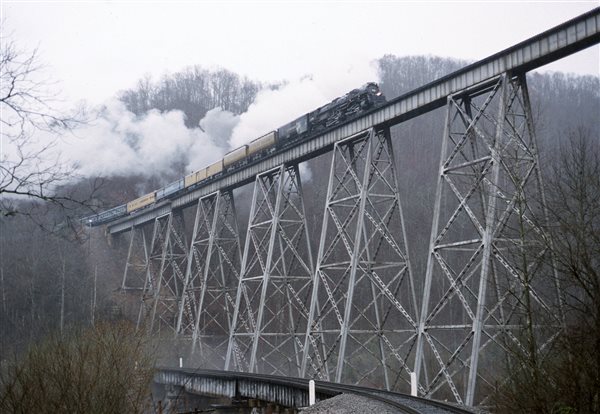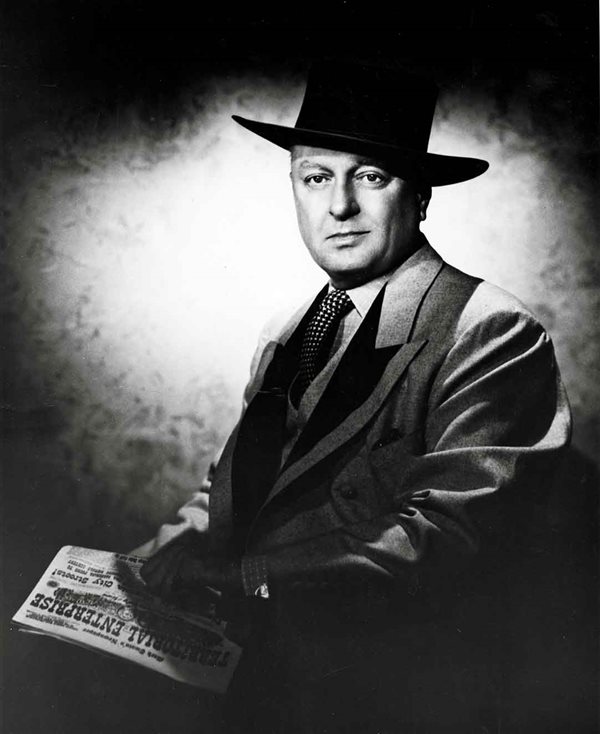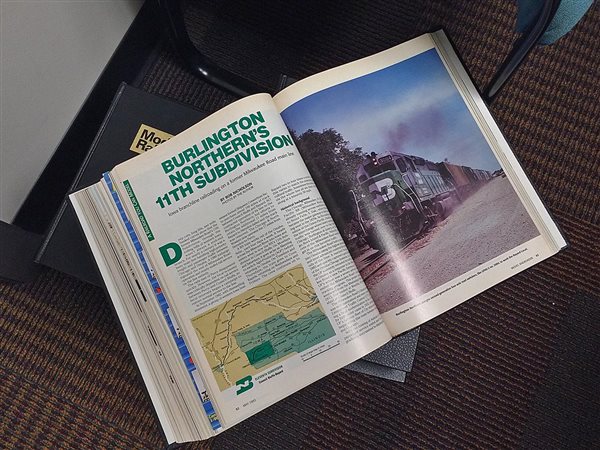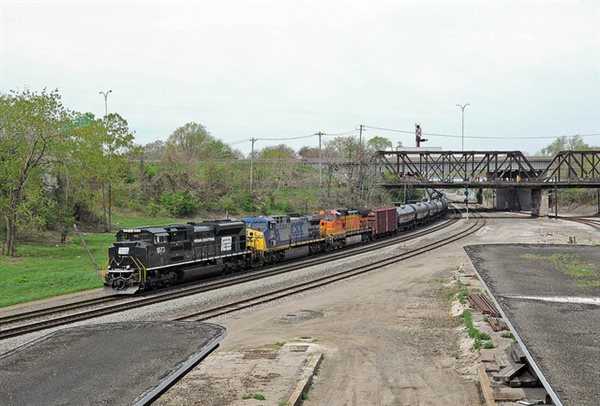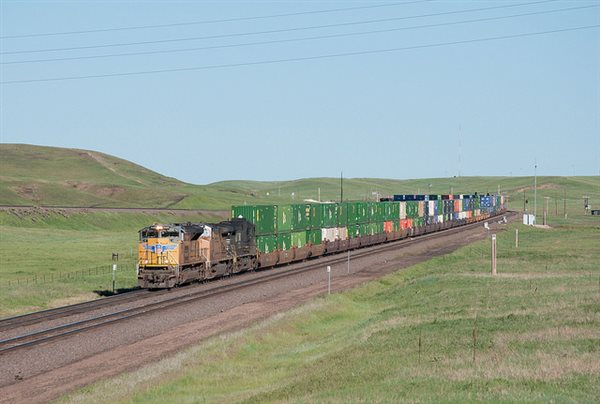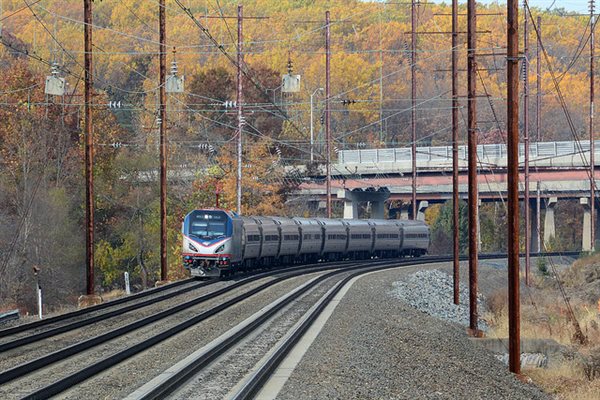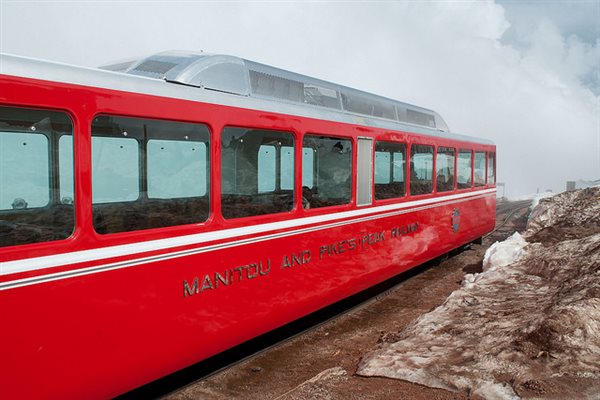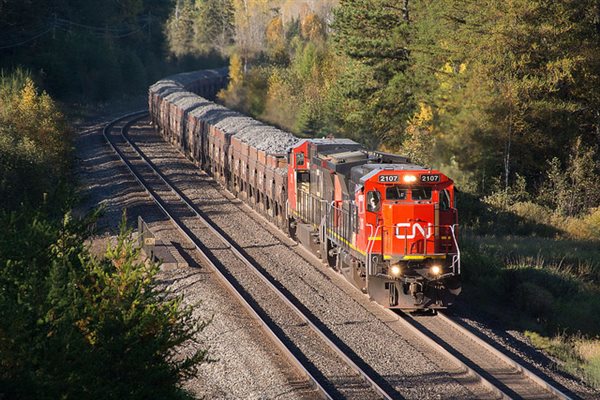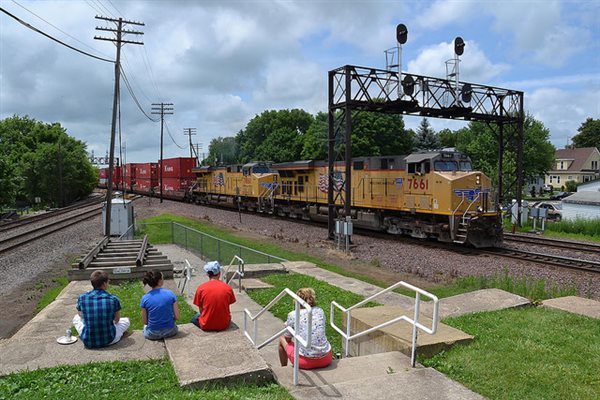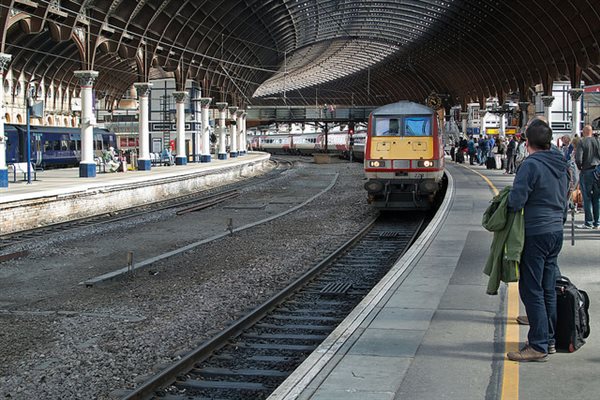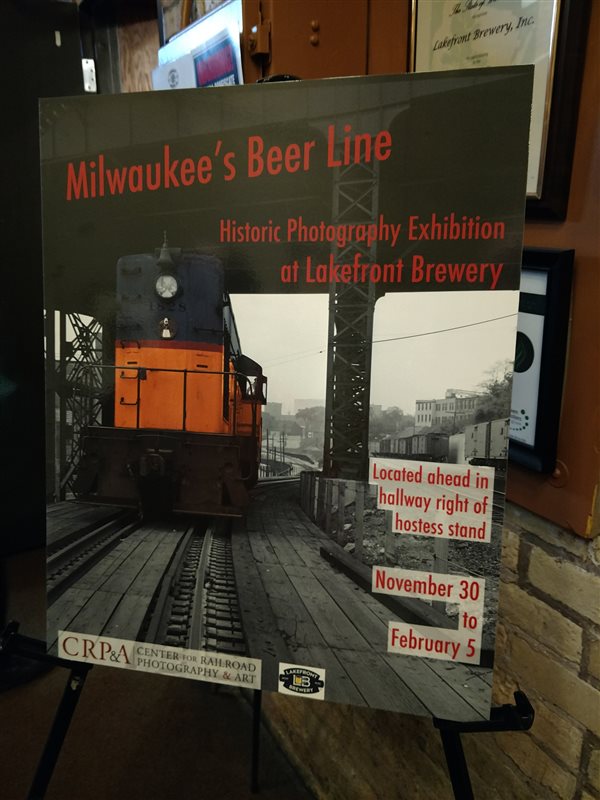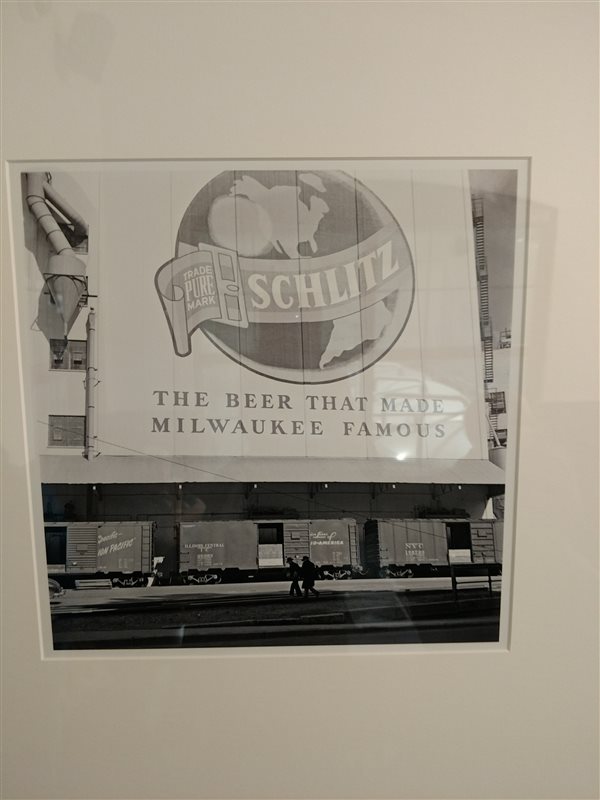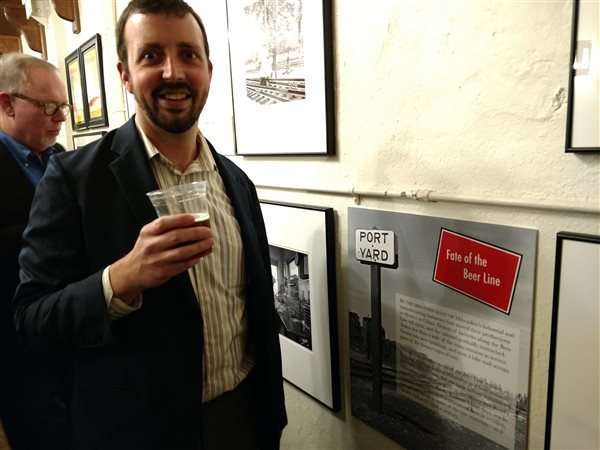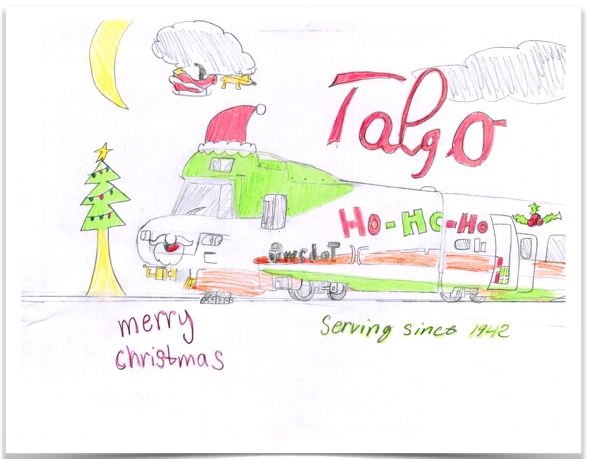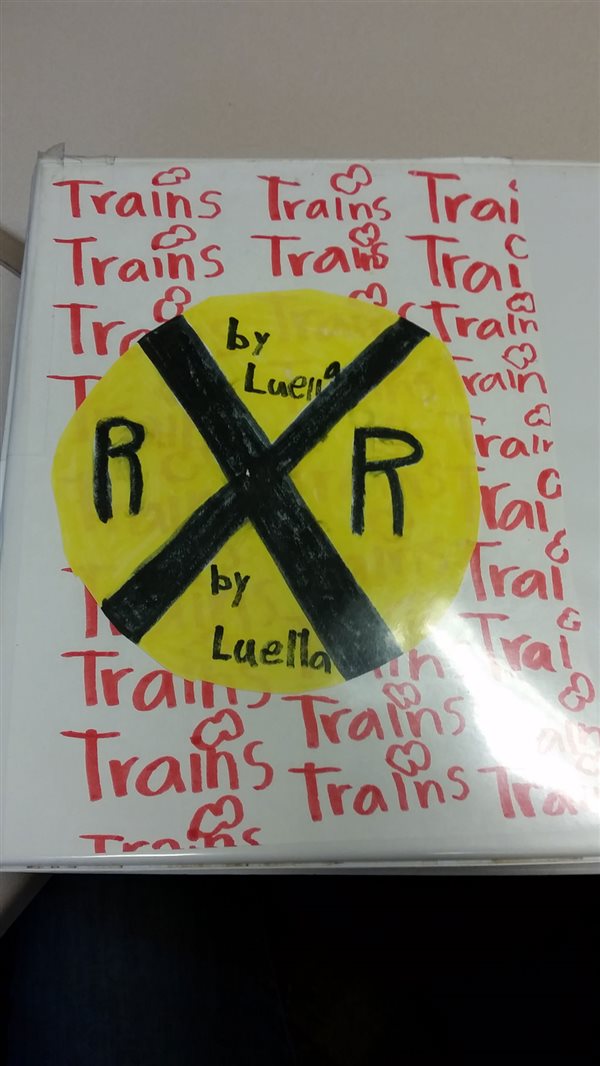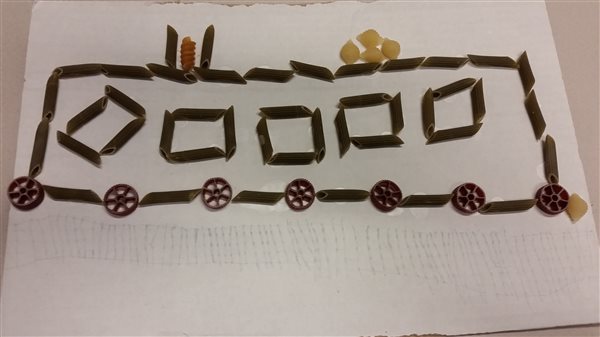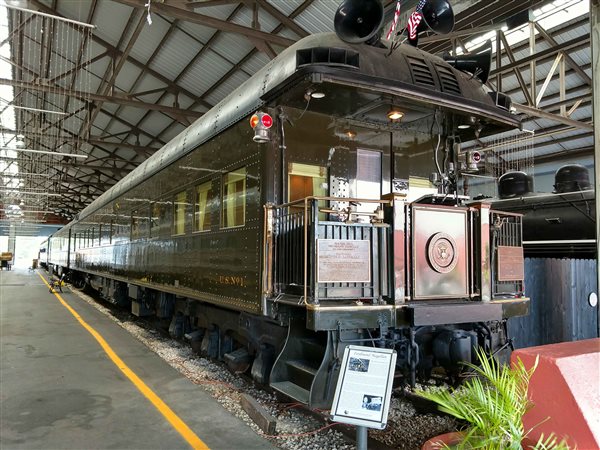Here’s my list for the top 10 preservation stories for 2017.
1. Texas restored for Atlanta History Center![]()
Besides the locomotives at Promontory, what pair of locomotives is more famous than the General and the Texas of Civil War Great Locomotive Chase fame? You’d be hard pressed to find a set that’s better known. Long confined to the dingy basement of Atlanta’s Cyclorama building in Grant Park, the 1849 Texas got a cosmetic overhaul prior to its placement in the Atlanta History Center: Gone were the garish colors of its 1930s overhaul and in its place were utilitarian black of its 1880s existence to which it was restored, except for the name Texas that gave it is fame during its earlier and literally more colorful years. Whether that’s a major faux pas, a minor inconsistency, or a witty compromise is in the eye of the beholder. What is true is that railroads made Atlanta, and that they’re at the base of its preeminence as transportation and economic of the Southeast. Steam Operations Corp., best known as the restoration team and maintenance outfit for Norfolk & Western No. 611, did the work on the Texas, proclaiming it takes care of steam from the earliest days to 100 years later. Watch for the Texas’ debut in its new place of honor, in a city that once included the likeness of a 4-4-0 on its seal.
3. CSX restores Clinchfield No. 800 for Santa Train![]()
Surprising everyone with a tip of the hat to its history, CSX outshopped privately owned Clinchfield Railroad F7 No. 800 just in time for the 75th anniversary running of the CSX Santa Train in November on the former Clinchfield. Workers at CSX’s Huntington, W.Va., shop took extra care with the Clinchfield’s first diesel, built in 1948, transforming it from its disguise as Chesapeake & Ohio No. 8016 back to its original gray and yellow. The unit looked great on the special with SD45 No. 3632 from the Southern Appalachian Railway Museum, then departed for a well-deserved vacation in Florida, operating on the new Royal Palm Rail experience on the Orlando & Northwestern. It was great to see CSX take a role in preservation and fantastic to see gray and yellow and Clinchfield markings return to home rails.
3. No. 1309 starts and stops![]()
One of the most anticipated steam locomotive restorations of the early 21st century that was supposed to be completed in 2017 is also turning out to be one of the most frustrating ones for its keepers, supporters, and fans. The restoration of Chesapeake & Ohio 2-6-6-2 No. 1309, the last steam locomotive Baldwin produced in 1949 for domestic service, has been on again and off again for most of 2017 as a series of events from funding and mechanical issues to personnel issues jostled the project. A debut in July slipped to fall and contractors say the engine is within 12 replacement staybolts of being ready for a hydrostatic test. Here’s a big engine that could be running regularly on a 17-mile mountain railroad in four to six months, but without the bucks, it will be cold in Cumberland, Md., this winter. Is there anyone with $530,000 laying around who can put this engine over the top?
4. Jerry Joe Jacobson passes
Shortline entrepreneur, steam preservationist, builder of the Age of Steam Roundhouse in Sugarcreek. Jerry Joe Jacobson was all of those things. A nurse anesthetist who went into railroading, he had been transformed into a steam locomotive aficionado as a teenager after a Baltimore & Ohio crew befriended him. The Ohio Central and its steam roster were his crowning achievements in railroading. His legacy is the Age of Steam Roundhouse, a multi-million-dollar complex built in 2012 and sprawling over 36 acres with an 18-stall roundhouse, 115-foot turntable, fully equipped steam and diesel shop, a vintage-style water tank, and a separate depot and gift shop, all finished with an astounding attention to historical detail. Although the Jacobson family has not discussed future plans for Age of Steam Roundhouse, they have said the facility will continue to be preserved, supported, and operated. Jacobson said it best himself, “I love steam locomotives in any setting, but especially in a roundhouse. It’s home. It’s where steam locomotives ought to be.” Amen to that.
5. Skip Lichter, Polson No. 2, Mid-Continent dispute
Just as we saw with Jacobson, steam locomotives drive passionate people, and passionate people restore and operate steam locomotives. It is a cyclical model. Skip Lichter is living proof. The owner of Polson Lumber 2-8-2 No. 2, he restored the locomotive with the agreement that it would return to its home since 1982 at Mid-Continent Railway Museum and the museum would pay for the restoration. The museum’s board of directors, however, felt otherwise and declined payment. In the end, they lost in court, and had to pay Lichter $200,000 plus the cost of moving the engine from North Freedom, Wis., to its new home at Oregon Coast Scenic Railroad, a six-figure move for sure. The story becomes yet another cautionary tale of the vagaries of privately owned rolling stock on non-profit preservation railroads. Lichter pointed out himself that the whole mess could have been avoided if the two had kept open lines of communication. “Talk. Sit down and talk. Sit down and discuss things,” Lichter said. “That’s the lesson for every outfit in the country.” Need we say more?
6. Southern Pacific No. 4449 returns to main line for first time in 5 years
The world’s most beautiful train cannot sit and look beautiful. It needs to move. That’s the lesson from Southern Pacific 4-8-4 No. 4449’s June excursion from its Portland, Ore., home to Bend, Ore., on BNSF Railway tracks. After a 1,472-day inspection, the Daylight wowed a sell-out crowd and spectators in the Columbia River Gorge. With any luck this red, orange, and black Lima product of 1941 will return again to the high iron in 2018. As Trains pointed out in its Big Steam is Back special issue and companion video, it’s a real task to put together a mainline steam excursion in the 21st century, but it comes with its own rewards.
7. D&NE 28 returns to steam at Lake Superior Railroad Museum![]()
Among the last regular service freight-only steam-powered holdouts of the 1960s, the Duluth & Northeastern provided visitors with visions of Northwoods logging railroading much later than should have been expected. In 2017, Lake Superior Railroad Museum in Duluth provided steam lovers with a reprise as 2-8-0 No. 28 returned to service. American Locomotive Co.’s Pittsburgh Works built the engine in 1906 for the Duluth, Missabe & Northern as No. 332. It was operated by DM&N successor Duluth, Missabe & Iron Range Railway until 1955, when it was sold to short line Duluth & Northeastern in Cloquet and renumbered to 28. The locomotive remained in service on D&NE until 1964. It last operated in September 1972, when the railroad used it inside the shop in Cloquet to dry sand, then ran it around the Cloquet Yard. The sight of it eating up miles along Lake Superior is just right.
8. Norfolk Southern sells excursion coaches
In a signal that steam excursions are not a high priority under Norfolk Southern CEO Jim Squires as they were when Wick Moorman ran the railroad, the railroad auctioned off five of the coaches it had restored for the 21st Century Steam program. Tourist railroads and museums snapped up the five cars at significantly higher prices than most observers thought they would fetch ($275,000 for one coach). While the absence of the NS coaches doesn’t mean the railroad won’t host excursions, it does mean less of a direct role as the proud host of such outings. With Hunter Harrison at neighboring CSX, NS has to work hard to outperform the boys from Jacksonville so steam may become more scarce on NS rails. But this will not be the end. The pendulum is always swinging.
9. Big Boy 4004 cosmetic restoration![]()
Can you ever have enough Union Pacific Big Boy? The answer, of course, is “no.” In December the Cheyenne City Council voted to fund a cosmetic restoration of No. 4004, long on display in Holliday Park, and long suffering outside in Wyoming winters. Even worse, at least twice, the engine has been flooded. The timing for the project is great: Contractor Wasatch Railroad Contractors hopes to have the work done by the city’s depot festival in May, and just a few blocks away, Union Pacific is hard at work on Big Boy No. 4014 in hopes of a 2019 debut. Having No. 4004 ready to welcome visitors when its older sister is set to roll is a smart thing to do. Now, if she could only get relocated adjacent to the depot in downtown Cheyenne and get a roof over her head.
10. Steam returns to the Como, Colo., roundhouse
In yet another testament to the immeasurable love for all things related to Colorado railroads, steam returned to the preserved roundhouse and depot at Como, Colo., for the first time in 79 years. In August, South Park Rail Society members steamed Klondike Mine Railways 2-6-2 No. 4. The 1912-built Baldwin No. 4 had an original Colorado & Southern locomotive whistle originally worn by C&S No. 74 for its inaugural run. Bill Kazel bought the roundhouse that houses No. 4 in 1984. Bill and his son, Greg began restoring the building and by 1995 the roundhouse roof was replaced, windows were installed and the engine bay doors were repaired or replaced. Chuck and Kathy Brantigan purchased the property with the roundhouse in 2001. The rail society purchased the locomotive recently with the intention of returning 3-foot-gauge steam trains to another portion of the Colorado Front Range. As with much of preservation, just when you think all is lost, the flame flickers to life once again.
Other stories that made our list in 2017:
• Nickel Plate Road 765’s visit to Chicago
• Royal Palm Rail Experience replaces Orange Blossom Cannonball in Florida
• Fire damages Yosemite Sugar Pine Railway
• Tennessee Valley Railroad Museum buys SR GP38-2s
• New River train goes all private varnish
• UP progress on 4014
• Big South Fork Scenic operator almost changes
• Georgetown Loop 40 returns to the Loop for restoration
• Rock Island E units restored for Iowa Northern
• Ty Smith joins California State Railroad Museum as executive director
• CSX restores B30-7 No. 8272 for Lake Shore Railway Historical Society
• ATSF 4-8-4 No. 2921 moved in Modesto, Calif.
• ATSF FP45 No. 92 restoration at Illinois Railway Museum
• ACL 250-ton derrick preserved at N.C. Transportation Museum
• Museum of Transportation cosmetic restoration of NYC 4-8-2 No. 2933
• SP 18 steams at Laws, Calif.
![]()
